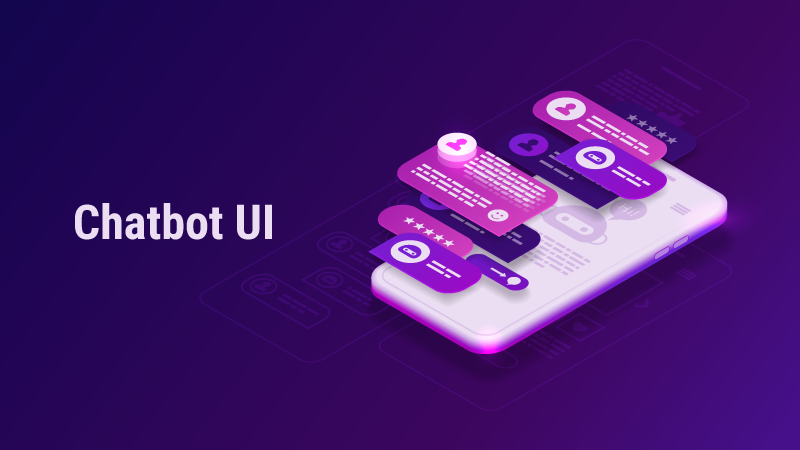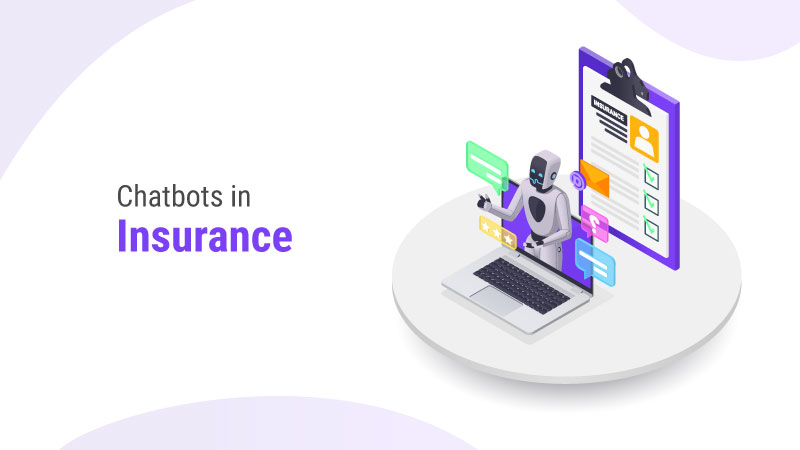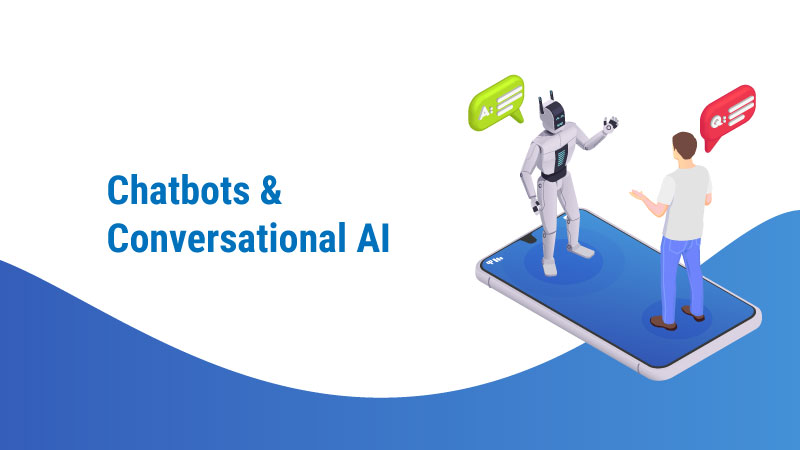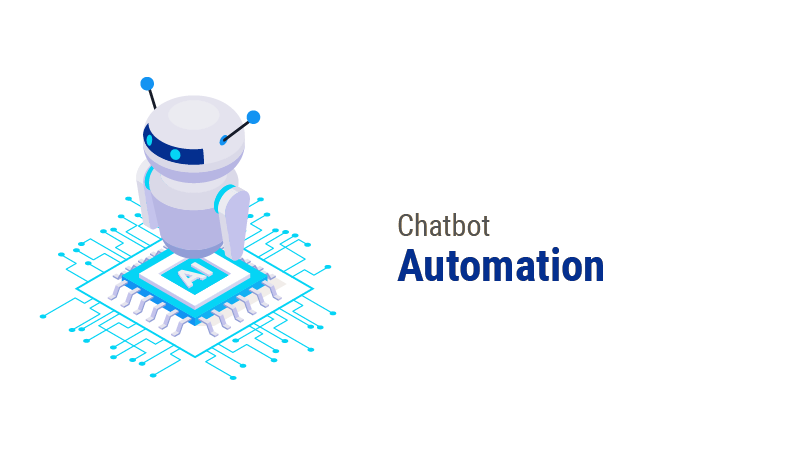Chatbot, nowadays, is one of the most commonly used terms in many businesses. Many of us turn a blind eye and think of it as another technology that has no real practical application. Well, if appropriately designed, they add real value to the business or area where it is implemented. Therefore, designing your chatbot UI is important to satisfy the users. Here, in this article, we are going to discuss some of the major tips for designing chatbot UI along with examples. The important thing is that you should know what your chatbot user interface means, its role, and its expectations.
Chatbot UI: What does it mean?
The Chatbot User Interface (UI) is a set of graphical and linguistic components that enables communication between humans and computer interaction. User interfaces are of many types and chatbots are language user interfaces that help users to communicate based on their own terms rather than the computers. Anyhow, the communication capabilities of the chatbot will be different based on the UI you create. A chatbot user interface that depends on predefined answers like button options has a limitation on the questions a user can ask and the language it can understand. On the other hand, there are contextual and rule-based chatbots that are specifically built to learn and respond to different textual and voice inputs.
Chatbot UI design tips
A chatbot UI design aims to create communication meaningful and smooth. Here are some of the design tips for crafting the best chatbot UI.
Understand the platform
Before embarking on the design process, designers should have a good understanding of the limitations, abilities, and opportunities of the platform on which they operate. It is significant to be realistic and aim for a balanced plan with design limitations. Better ideas may come from the product team for the chatbot design, but if the platform does not support the UI components, the conversation flow will fail.
Identify the chatbot’s purpose
It is important to define the purpose of your chatbot because it affects the design of the chatbot you create. For example, the chatbot you create for the human resources department is different from the chatbot you create for the Insurance sector. Therefore, Chatbot designers should start by recognizing the value a chatbot gives to the end user and referring to it throughout the design process. This is where UX designers add great value in shaping the purpose of the chatbot through user-centric design techniques. The purpose can also be repeatedly expanded based on user feedback.
Set a voice tone
Users generally know that chatbots have no emotions but they would still prefer the responses of a bot to be humane rather than robotic. For a chatbot to be accepted well, thorough research should have been conducted on the intended audience so that the designer can shape the bot with the appropriate personality. It is important to be aware of how tone can affect a user’s experience. By selecting a clearly defined sound tone, designers can view the data of all conversations that are initiated by the bot.
Create user flow
A chatbot flow decides the way a conversation should take place and it is important for designers to think about the possible questions the users may ask and the various answers the chatbot should give. Chatbot flow is a series of paths that can trigger a user’s responses. Building your whole chatbot flow in a single path is not a good idea but creating unique paths for various situations makes it easier not just to understand your flow but also to edit it in the future. When you have finished your flow, polish the messages on the nodes. Ensure that they match the personality of your bot.
Guide the users
One of the main principles of chatbot UI design is to give users the guidance they need to know where they are in the system and their expectations of them. It is important in a conversation for each question to be very clear so that the bots can understand what kind of information should be provided. Instead of open-ended questions, select the closed question to keep users in the flow. Moreover, to avoid dead-end conversations add buttons that provide specific answers to the user.
Anticipate misunderstandings
A creative solution is one of the best alternatives a designer can find to avoid misunderstandings. Designers should create fallback situations assuming that users cannot understand technical terminology, and hence error messages must be expressed in simple language to make sure that nothing is lost in translation. One way to avoid misunderstandings is to change the way the chatbot gives responses. Many failed responses can be created to give meaning to an actual conversation. Moreover, the response of a chatbot can direct the user to the current flow strategically. An alternate button can also be provided to bring the user to the conversation whenever a chatbot fails to understand.
Track and analyze user behavior
A chatbot needs to be tracked and analyzed to improve repeatedly. An analytic platform can be used to track data for chatbots as it give information on the way chatbot is used, where they failed, and how users interacted. They also give information related to the total number of users, most used flows, and words from users that the chatbot could not understand. Conducting surveys is one of the best methods to collect user data on satisfaction. This was very useful in trying to improve our chatbot automation and understand the user’s pain points.
Chatbot UI examples
Lark – a healthcare chatbot
Lark is designed to assist patients and it is a contextual chatbot that initiates conversations with users similar to that of humans, through the mobile application. Lark is a friendly, kind, and humorous chatbot that attracts adults, its biggest customer. There are voice, chat, and button options through which users can interact with the chatbot. The chatbot user interface used in Lark gives adults control over their health and is easy to use without any assistance. The green color which is used as the primary color of the chatbot indicates rest, serenity, and good health. Lark’s messages go well with the calm color scheme as it is inspiring and mood-lifting.
Replika- self-help chatbot
There are many human-like chatbots in the market and Replika is one of the best among them. Replika is a contextual chatbot that can easily understand and analyze human conversations to the level where it starts to imitate the user’s way of speaking. This clever chatbot was built to serve the role of a companion to those in need. Moreover, the conversational tone and mood of the chatbot can be adjusted by the user according to the topic or mood the user chooses. That chatbot can also be given a name by the user to make the companionship more personal. To continue the conversation, users can choose from a wide range of topics or problems they want to discuss. It even helps you write a song and then gives personal badges as it understands more about the user. The chatbot can be accessed through the web or mobile and the user interface is customizable, which enables users to change to different modes and customize the background. The user interface of Chatfuel emphasizes building a personal and comfortable “environment” to have conversations.
Erica – a chatbot for banking
Erica is a chatbot designed for banking but it is similar to Siri. It is used in Bank of America to assist customers in making commands in the form of text or voice, thus making it easy for the customers to check anything related to banking activities. The chatbot uses text, images, and graphs to show the customer their account balance, spending habits, and recurring rates. Erica has a navy-blue color interface that symbolizes trust and authenticity, and it uses emojis and compliments to give a human touch to the conversation.
Benefits of Custom Chatbot UI
- Offers you a customized and branded Customer experience.
- Interacts with consumers more like humans resulting in improved customer experience
- Manages multiple tasks with multiple levels of difficulty.
- Helps to handle more than one customer at a time.
Wrap Up
Most businesses are not even in need of a chatbot, but their popularity and fun components make them very attractive. The point is, if you don’t have a proper plan to use the chatbot, then it is better not to spend too much time and resources on that. Instead, define the purpose of a chatbot so that it will not be limited to a talking website accessory. It can provide a voice to your brand to help consumers with simple tasks. All you need to do is make a list of everything you want your Artificial Intelligence chatbot to get and divide it into ones that fit your resources, time, and consumer needs. Decide where to use it, like whether it should be only on your website, or should be on different channels, and how to use your chatbot.



